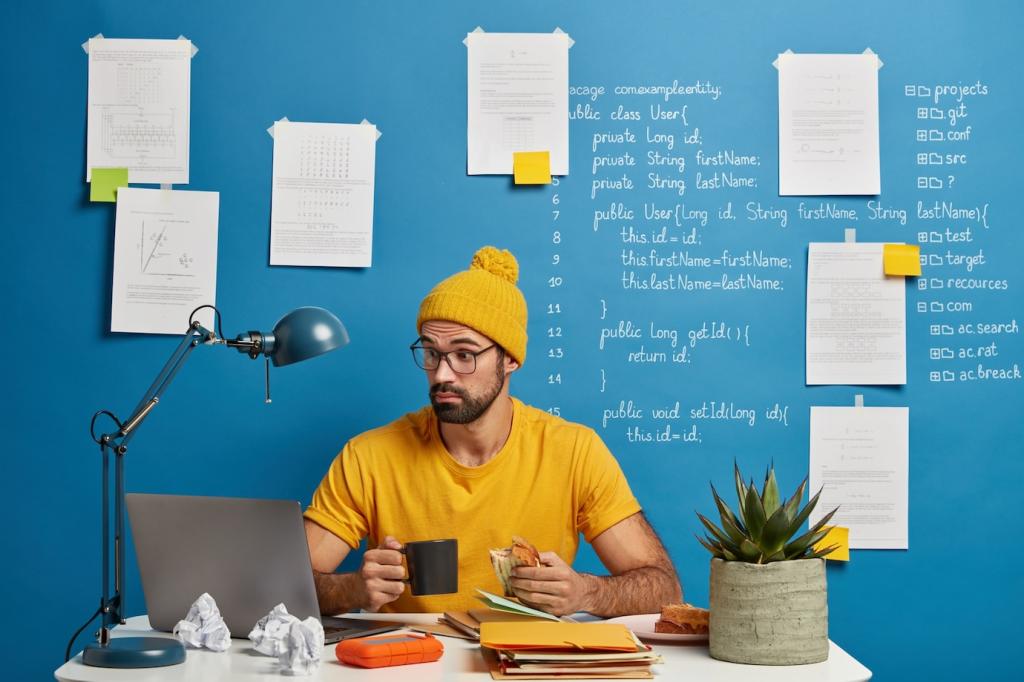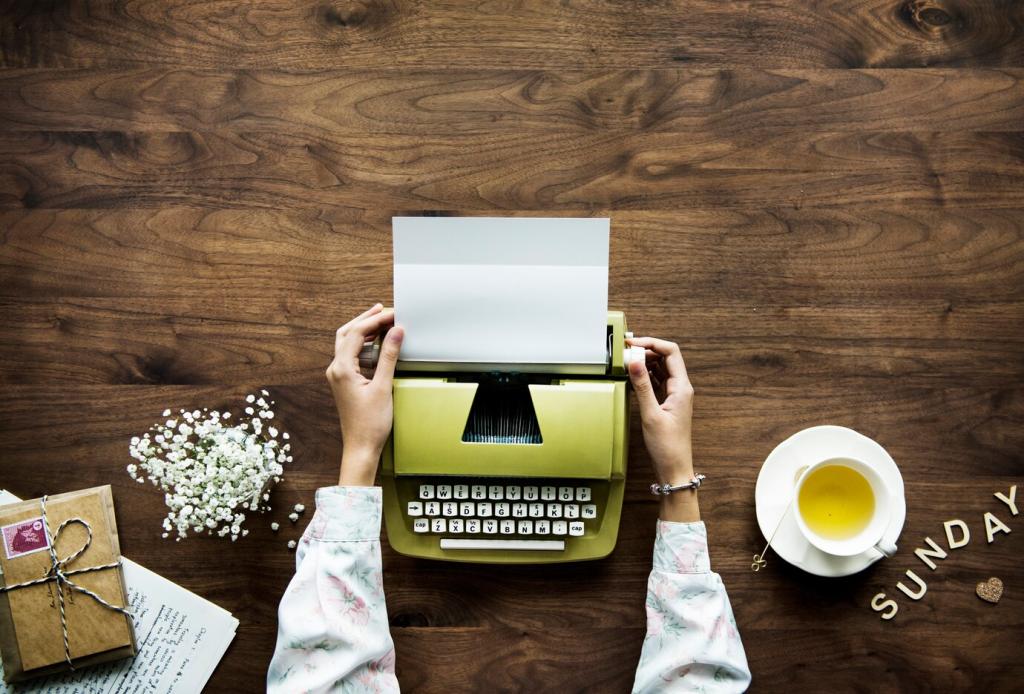Copywriting Techniques for Successful Interior Design Campaigns
Chosen theme: Copywriting Techniques for Successful Interior Design Campaigns. Step into a world where words shape spaces, guide the eye, and transform interest into inspired action. We’ll explore human-centered language that makes rooms feel lived-in, aspirational, and instantly clickable.
Find the Interior Story: Narrative Positioning
Treat the layout like a plotline, moving readers from entry to reveal. Instead of listing features, orchestrate scenes: morning light at the breakfast nook, evening quiet by the reading chair, and a finale that invites action.
Find the Interior Story: Narrative Positioning
Choose one signature piece—an arched mirror, a sculptural sofa, a terrazzo island—as your protagonist. Surround it with tactile details that hint at lifestyle, letting textures and finishes serve as cast members with distinct roles.
Find the Interior Story: Narrative Positioning
Write for the calm curator, the playful host, or the practical aesthete. When your copy addresses their motivations, objections, and daily rhythms, your visuals feel personal and your campaign earns genuine attention.
High-Impact Headlines That Frame the Room
Benefit Before Beauty
Swap vague flair for concrete outcomes: “Breathe easier in a low-allergen living room” beats “Beautiful living.” Tie aesthetics to a lived benefit—better focus, calmer evenings, warmer gatherings—so each headline earns its scroll.
Specificity Creates Desire
Name the wood, the weave, the mood: “Walnut slats soften afternoon light for a studio that works as hard as you do.” Specific words make interiors feel reachable, memorable, and uniquely yours.
Anecdote from a Loft Launch
We replaced “Open-plan loft with style” with “Sun-washed loft that tames noise and clutter.” The shift from generic to sensory clarity reframed value, sparked replies about daily life, and strengthened appointment requests.
Write beyond sight: the nap of bouclé against the back of a knee, the cool of honed marble at breakfast, the whisper of linen curtains moving in cross-breeze. Sensory cues anchor memory and elevate persuasion.

Calls-to-Action That Feel Like Invitations
After a lush image carousel, invite discovery: “Step into the full tour.” After technical details, extend reassurance: “See the materials list.” Align the ask with the reader’s emotional state at that exact point.



Structuring Landing Pages That Guide the Eye
Alternate immersive visuals with crisp, benefit-led captions. Use short lead-ins above images to set context, then let one sentence beneath each photo translate aesthetics into livability. Readers feel smart, guided, and respected.
Structuring Landing Pages That Guide the Eye
Employ subheads that read like promises, not labels. Bulleted microcopy can stay human with sensory verbs and concrete nouns. Keep paragraphs breathable, so the page feels like a well-proportioned room, not a catalog.
Intent-First Keyword Mapping
Group keywords by reader intent—research, comparison, or decision—and assign them to sections that answer those needs. Write naturally, then refine phrasing so phrases feel like part of the room, not labels on it.
Descriptive Alt Text with Personality
Give alt text a job: “Satin brass pulls on walnut drawers reflecting afternoon light” beats “kitchen hardware.” You help accessibility, context, and search, while keeping the brand voice nuanced and human.
Internal Linking as Wayfinding
Link like a floor plan: from palette guides to room tours, from process posts to reveal stories. Invite readers to comment on what they clicked next, and subscribe for a monthly roundup of smart design reads.

